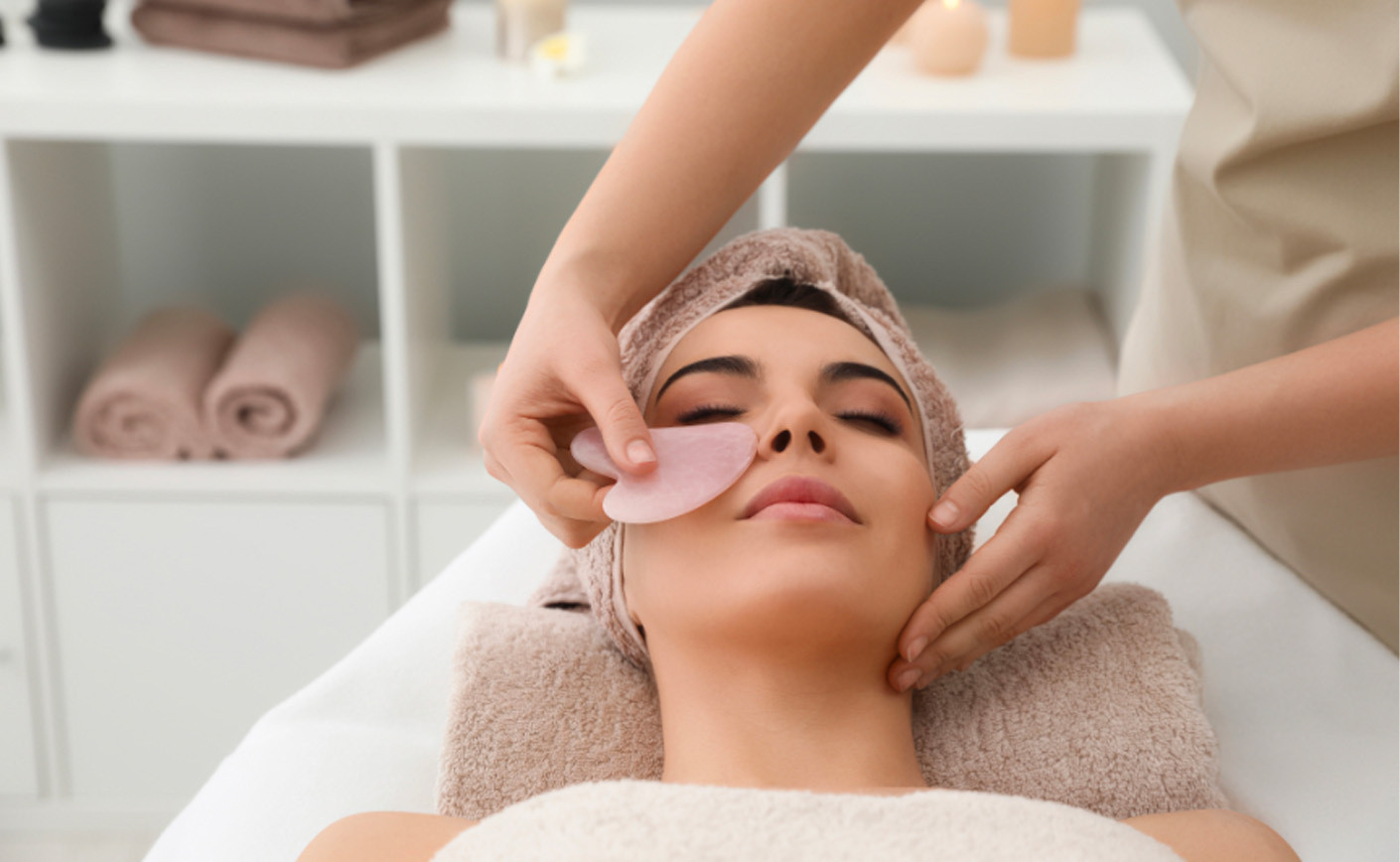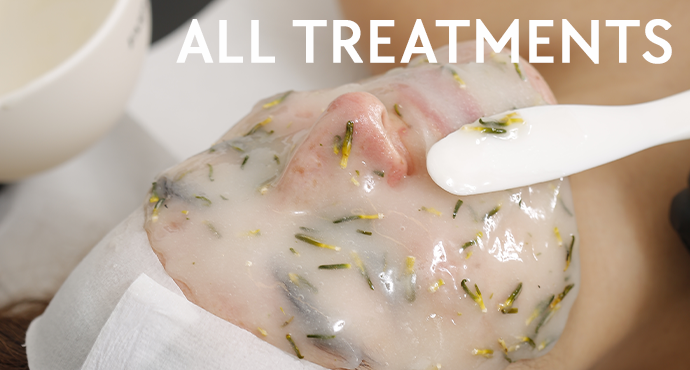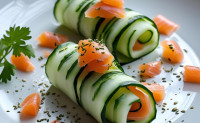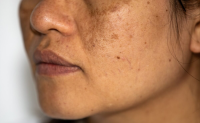
Have you heard of these new facial massage techniques, Gua Sha and Kobido? They're all over social media! These ancient beauty secrets promise a natural glow-up. But are they serious or just the latest craze? Let's separate the real from the buzz:
What are Gua Sha and Kobido?
Let's get the basics down:
Gua Sha : an ancestral treatment from China
This skincare technique is a legacy of traditional Chinese medicine. By using a flat tool or simply the hands, this method gently rubs the skin to stimulate blood and lymphatic circulation. It relaxes the face and reduces swelling. Gua Sha is a holistic practice based on the synergy between the mind, body, and qi, the vital energy that flows through us.
Kobido : the elegance of Japanese massage
Kobido is a facial massage technique of Japanese origin, also known as "Japanese facelift".
It is thought to have originated 540 years ago, in an inn in Suruga (now Shizuoka). There, two of the best masters of Amma, the very first form of massage, competed to determine the best facial treatment. Unable to decide after several months of competition, they combined their skills to establish the Kobido house. 48 very precise massage techniques were developed and passed down from the masters to student. These gestures give the skin a vitality boost for an anti-aging effect.
What do scientists think of Gua Sha and Kobido?
Gua Sha: the scientific view
Well, there aren't a ton of scientific studies on Gua Sha. Still, a German clinical study did look into this subject and measured the impact of Gua Sha on microcirculation in volunteers. Result: Gua Sha increases microcirculation by up to 400%!
What does that mean exactly?
Over time, our microcirculation weakens: wrinkles appear, and the complexion loses its glow. By boosting microcirculation with Gua Sha, you're giving yourself a natural anti-aging effect to maintain your skin radiant and healthy.
Incorporating Gua Sha into your perzonalised skincare routine can really be a game-changer!
Kobido: the scientific view
Like any other traditional technique, its practice over time is what gives it its reputation. Today, there are specialized courses to learn Kobido techniques. In France, for example, only a handful of practitioners are trained in this practice.
In terms of science, there haven't been many studies on Kobido. Based on research and the opinion of a panel of women, a Lithuanian publication highlights its significant effectiveness in reducing wrinkles.
Between science and tradition, Gua Sha and Kobido seem to deliver on their promises of youth and radiance. These techniques not only stimulate blood flow and lymphatic circulation but also provide a deep sense of relaxation. They could be the new darlings of skincare.
Want to know if Gua Sha is right for you? Fill out this questionnaire to create your personalized skincare routine.
References:
1. What is Kobido. HERITAGE. [Link]
2. Nielsen A, Knoblauch NTM, et al. The Effect of Gua Sha Treatment on the Microcirculation of Surface Tissue: A Pilot Study in Healthy Subjects. EXPLORE. 1 sept 2007;3(5):456‑66. [Link]
3. Domina Petric, MD. Importance of skin microcirculation in the skin health. [Link]
4. Gumbaravičiūtė M. Moterų informuotumas apie veido masažų poveikį senstančiai veido odai. Women’s Awareness of the Effects of Facial Massages on the Aging Skin [Internet]. 13 juin 2018. [Link]










